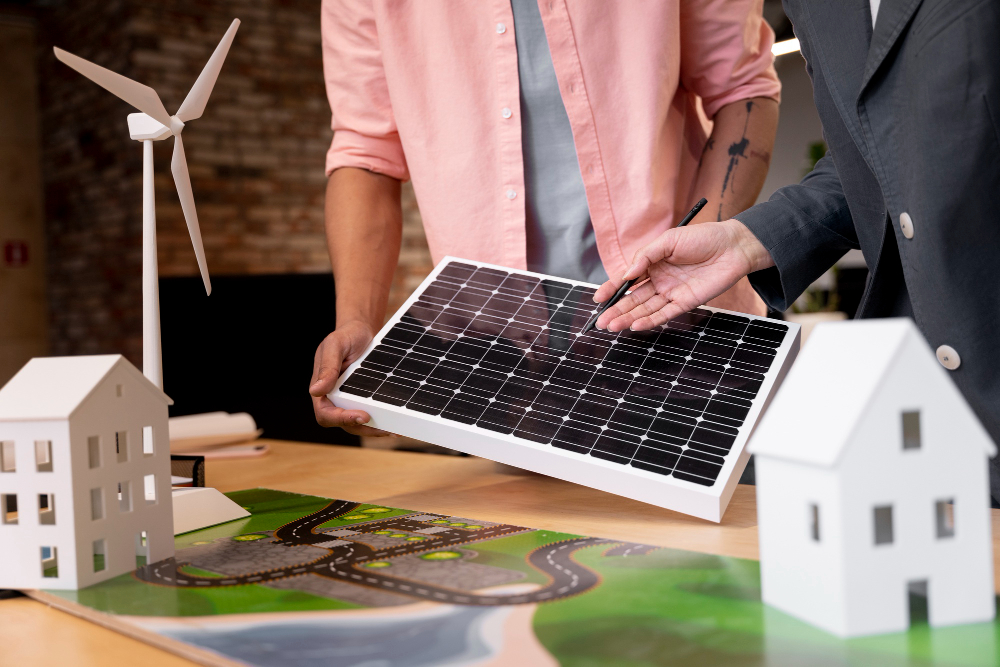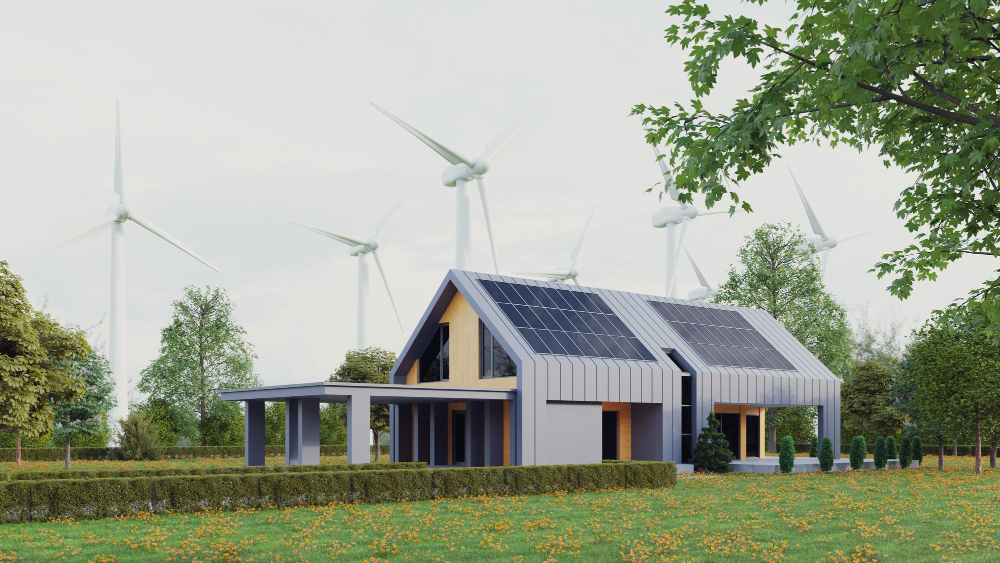Last updated on
Are you thinking of renovating your house? If so, then it is important to ensure that your renovation is sustainable. Sustainable renovations can help reduce the environmental impact associated with major remodeling projects and create a healthier indoor environment for you and your family.
By taking sustainability into account from the start of your design process, you can rest assured knowing that your property will be renovated responsibly while achieving key aesthetic goals. In this blog post, we’ll dive into what it takes to make sure your home renovation process is as sustainable as possible.
We’ll look at everything from choosing materials to reducing energy usage and more! Read on if you’re eager to learn how easy it can be to incorporate sustainability in all aspects of the home remodel.
Get Your Furniture Online

One way to ensure sustainability during your home renovation is by considering where you purchase your furniture. Online shopping has become a popular choice for several reasons. Firstly, it allows you to access a wide range of products from all over the world, many of which are made using sustainable materials and methods.
Secondly, read more about sustainable furniture and how to identify environmentally-friendly options. Choosing furniture made from sustainable materials such as bamboo, reclaimed wood, or recycled plastic can greatly reduce the impact on the environment.
Setting Clear Sustainability Goals for Your Project

Setting clear sustainability goals at the outset of your project is a vital step to ensure an eco-friendly renovation. Start by identifying the specific ways in which you can limit resource use and minimize waste. For example, you may aim to use only materials with recycled content, or pledge to keep construction waste below a certain threshold.
Your goals could also include energy efficiency targets such as installing insulation or high-efficiency appliances to lower your home’s energy consumption. By defining these sustainability goals early, you provide a clear direction for your renovation project, helping to ensure that every decision made aligns with your commitment to sustainability.
Selecting Eco-friendly Building Materials

The selection of building materials is a significant factor in determining the sustainability of your renovation project. It’s paramount to opt for materials that are not only durable but also have a minimal environmental impact. Consider using reclaimed or recycled materials, which significantly reduce the demand for new resources and decrease the waste headed to landfills.
In addition, think about the longevity of the materials. Those with a longer lifespan, such as metal or stone, may have a higher initial cost but will be more cost-effective in the long run due to their durability. Also, consider locally sourced materials. In addition to helping small companies in the area, this lessens the carbon impact caused by material transportation.
Remember to also consider the manufacturing process of the materials. Those manufactured using energy-intensive processes or harmful chemicals should be avoided. Instead, opt for materials that are created using environmentally friendly practices. By carefully selecting your building materials, you can ensure that your home renovation project is truly sustainable.
Energy-efficient Upgrades and Systems

Incorporating energy-efficient upgrades and systems is a vital element of a sustainable home renovation. These upgrades can significantly reduce your home’s energy consumption, thereby helping you to cut down on utility bills and lessen your environmental footprint. Start by considering high-efficiency HVAC systems, which can greatly reduce your heating and cooling costs while offering superior comfort.
Upgrading to energy-efficient appliances is another effective measure. ENERGY STAR-rated appliances, for instance, use less electricity and water, thus contributing less to greenhouse gas emissions.
Investing in an energy-efficient lighting system, such as LED or compact fluorescent lamps (CFLs), can also make a big difference. These light bulbs consume much less energy and last longer than traditional incandescent bulbs, making them a more sustainable choice.
Responsible Waste Management and Recycling
An integral part of sustainable home renovation is responsible waste management and recycling. Every construction project inevitably generates waste, but you can limit the environmental impact through mindful practices.
Begin by creating a comprehensive waste management plan before you start your renovation. This plan should detail how you will dispose of each type of waste, with the aim of recycling or repurposing as much as possible.
Make use of construction and demolition recycling services that accept materials such as wood, metal, and concrete. These materials can often be processed and reused, preventing unnecessary landfill waste.
Additionally, consider selling or donating unwanted fixtures and fittings, such as doors, windows, or cabinets, to local reuse centers or charities. This not only keeps useful items out of the landfill but also provides resources for community projects.
The Takeaway
Ensuring sustainability during a home renovation process requires careful planning and consideration. By setting clear goals, choosing eco-friendly materials and systems, and implementing responsible waste management practices, you can create a more environmentally friendly home while achieving your desired aesthetic. Remember, every small decision contributes to the overall sustainability of your project.
Related reading:
Table of Contents





